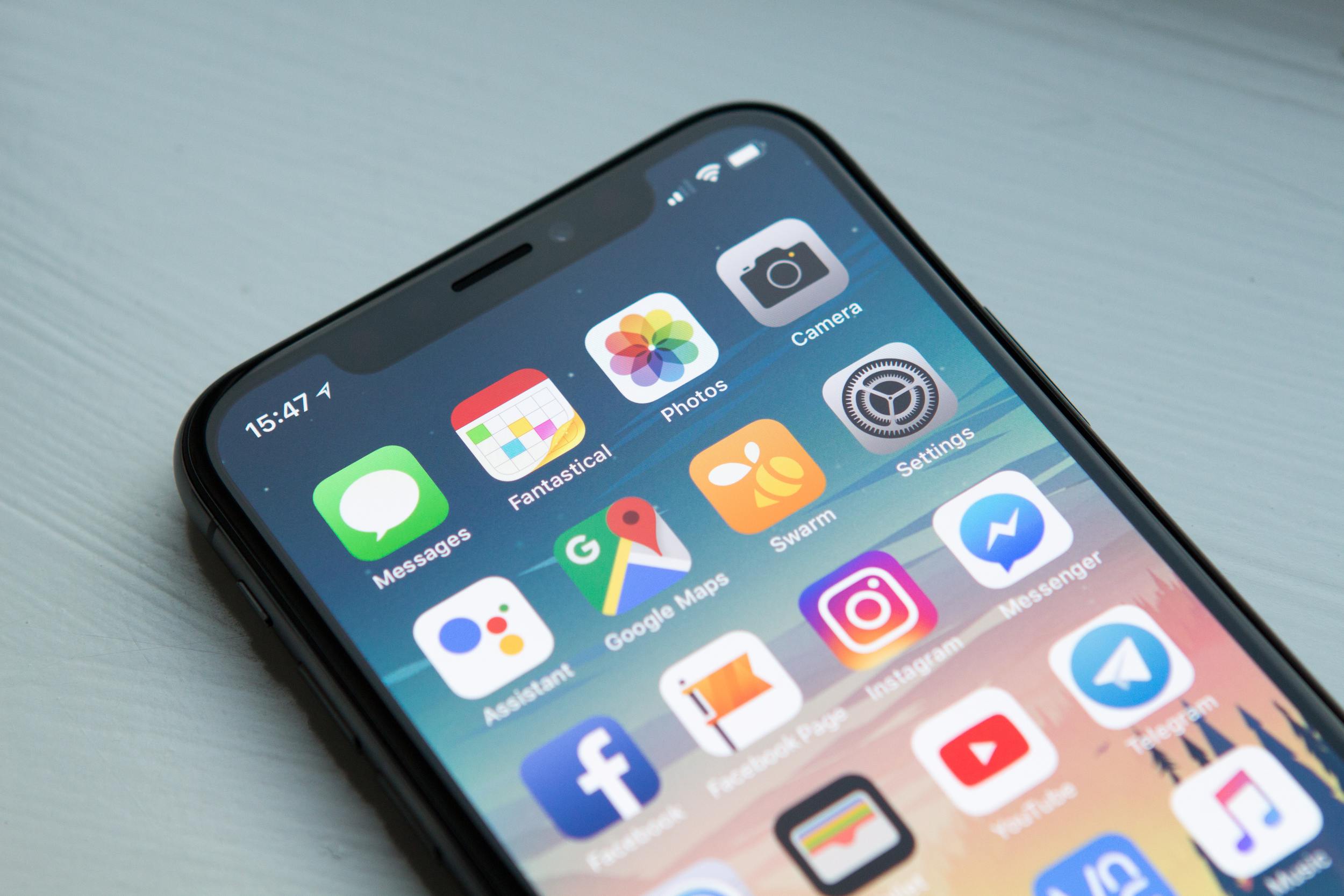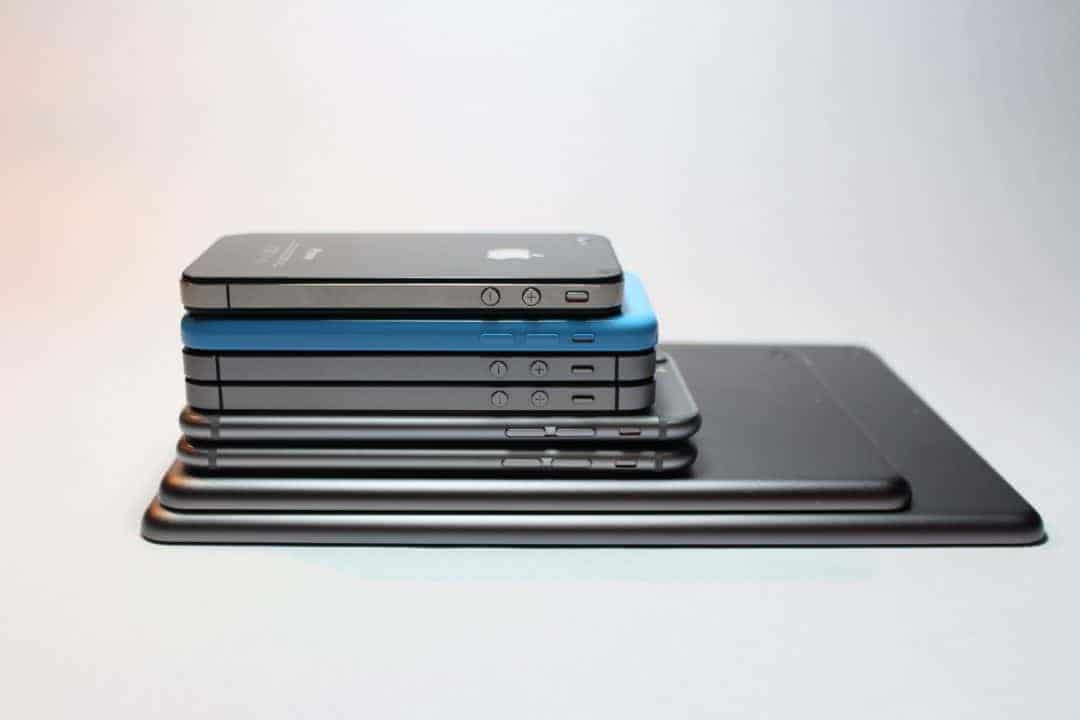Over the past several decades, drug companies and health experts at the U.S. Center for Disease Control and Prevention have been working on perfecting and distributing
Naloxone — a drug that has been proven to save people in the case of an opioid overdose. Naloxone comes in two different brand names — Narcan and Evzio — and it’s extremely effective. However, many drug users and their relatives don’t know about the drug, and therefore are not able to take care of its effectiveness in the case of a drug emergency.
Because of the lack of awareness about Naloxone, the
U.S. Food and Drug Administration (FDA) has decided to create an app about the drug; the hope is that the app would bring more information about the drug into the public eye and help drug users and their family members locate it quickly, should they ever need it.
Rather than oversee the design of the app themselves, the FDA has opened up a contest to app developers. The hope is that medical experts, programmers and other experts will collaborate to create an app that will be able to inform people about the closest nearby locations of Naloxone quickly and how they should use it when they get it.
How the Contest Will Work
People who are interested in participating the FDA’s app contest can register by October 7, 2016. Anyone who registers will get access to a slew of helpful information, including information about the opioid epidemic, how Naloxone worth, health recommendations for its usage, and more. Then, on October 19 and 20, the FDA will have a two-day code-a-thon, where people both on the FDA’s campus and those working remotely will work to code a Naloxone app. All of the code written will be public and open source in order to encourage collaboration between participants. After the code-a-thon, those competing will have until November 7 to refine their app and make a video about its usage.
Judging the Contest
A panel of judges will ultimately choose which app they like best. The panel will be made up of experts from the Substance Abuse and Mental Health Services Administration, the National Institute on Drug Abuse, and the FDA. The winner of the contest, who creates the app that scores the highest, will receive $40,000 for their creation. Participants will also be allowed to apply for NIDA Small Business Innovation Research grants, which would allow them to continue working on and developing their creations.
The Opioid Epidemic
The opioid epidemic in America is worse than ever. According to the
American Society of Addiction Medicine, close to 2.5 million people in America are addicted to opioids. Also, drug overdoses are currently the leading cause of accidental death in the country, with about 47,000 lethal drug overdoses annually.
While Naloxone can save the life of a person who has overdosed, the drug still requires a prescription in many states, which limits peoples’ access. To get around the barrier of a prescription, many states have tried to make the drug available in a nasal spray form — and the app that the contest is aiming to create will make getting this form of the drug simpler and faster. Large drugstore chains CVS and Walgreens have also recently planned to join the effort to get Naloxone in the hands of those who need it; the stores plan to make the medication available to people in 35 states (and D.C.) without a prescription.
Governor Wolf Announces Pennsylvania Capitol Police to Carry Naloxone by Governor Tom Wolf is licensed under Attribution License
Share this
Subscribe To Our Blog
You May Also Like
These Related Stories
Why Your Travel Company Needs a Branded App


Why Your Travel Company Needs a Branded App
Aug 23, 2017
2
min read
Build Native Apps or Hybrid Apps: Why Native Apps Create More Value


Build Native Apps or Hybrid Apps: Why Native Apps Create More Value
Feb 5, 2020
4
min read
The Story Behind the Success of the World’s Industry Leading Experts: Apple


The Story Behind the Success of the World’s Industry Leading Experts: Apple
Sep 13, 2018
5
min read




